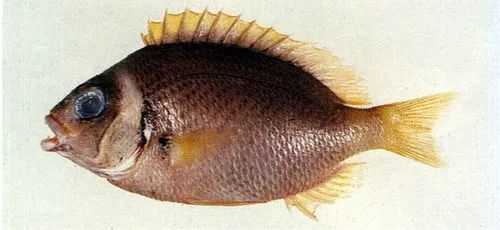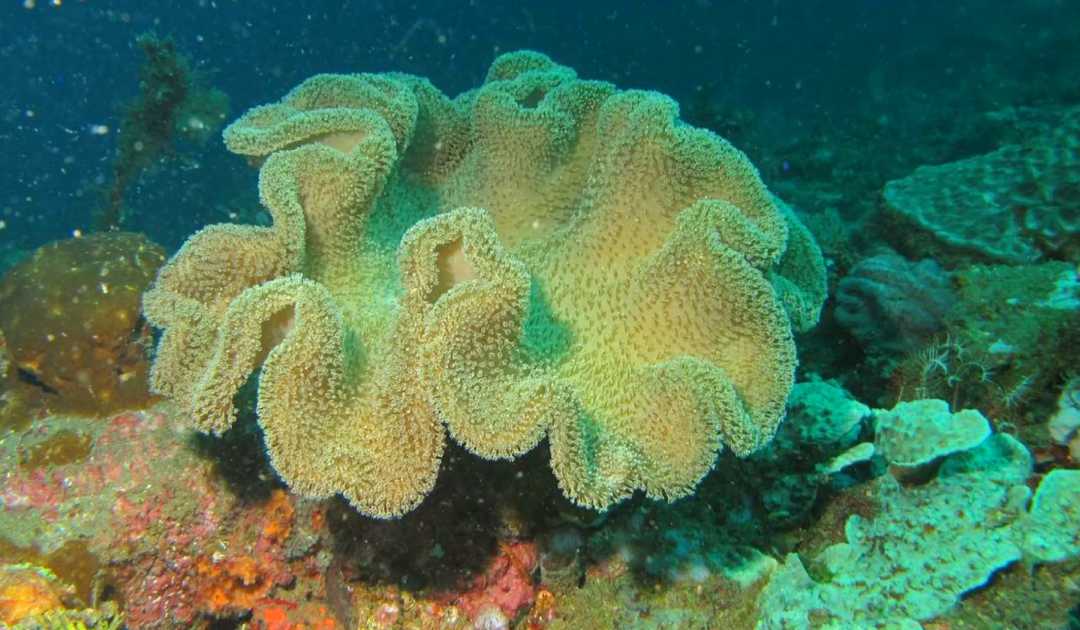Growing up to 20 centimeters in length, Vosmer’s monocle bream features a streamlined profile with large, round eyes positioned high on its head, providing excellent vision in the dim light of its reef habitat. Its dorsal fin is divided into two sections: a spiny anterior part and a soft-rayed posterior part, while the caudal fin is deeply forked, enabling agile movements among coral branches. By day, it seeks shelter in the crevices of coral reefs or under overhangs, emerging at night to forage for small invertebrates, such as crustaceans, mollusks, and zooplankton, using its sharp teeth to capture prey.
Distributed from the Red Sea and East Africa to the waters of Japan, Australia, and the Society Islands, Scolopsis vosmeri plays a crucial role in reef ecosystems as both a predator and a prey species. Its "eyespot" marking serves as a defensive adaptation, confusing predators by making it difficult to distinguish the fish’s head from its tail. While not commercially fished for human consumption, it is occasionally collected for the aquarium trade, valued for its vibrant colors and peaceful nature in community reef tanks. However, like many coral reef-dependent species, it faces significant threats from coral bleaching, ocean acidification, and destructive fishing practices. The loss of coral habitats reduces available shelter and food sources, impacting both juveniles and adults. Conservation initiatives, including marine protected areas and sustainable reef management, are essential to safeguard this species and the fragile biodiversity of tropical reef ecosystems. As a symbol of the intricate beauty of coral reefs, Scolopsis vosmeri underscores the urgent need to protect these vital marine environments for future generations.










